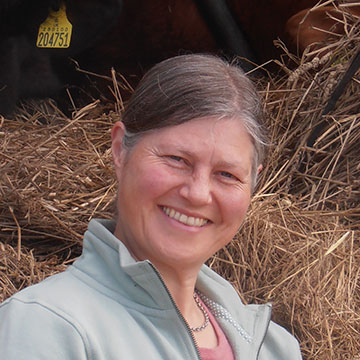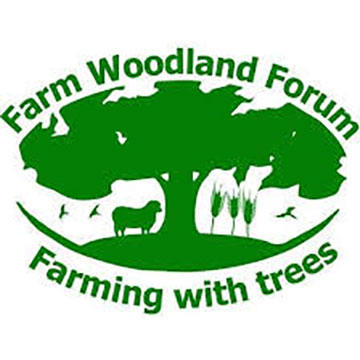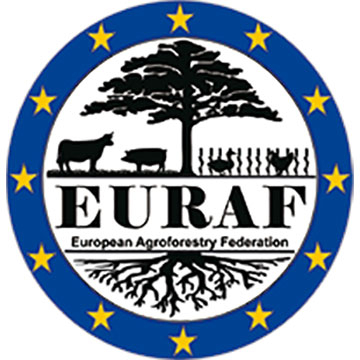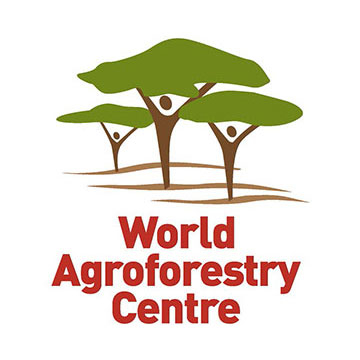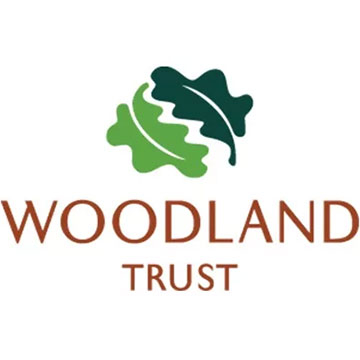Key research questions
- How do you most effectively integrate trees into productive farmland?
- How do you balance agricultural productivity with environmental protection including mitigating climate change?
- How do you design an on-farm agroforestry system to ensure successful establishment and maximised benefits to the producer?
The importance of agroforestry
Agroforestry is a concept of integrated land use that combines elements of agriculture and forestry in a sustainable production system.
In its simplest form, agroforestry can be described as ‘growing trees on farms’ and includes the integration, both ecologically and economically, of the woody elements that may already be present in agricultural landscapes, such as hedgerows, windbreaks, buffer zones, trees in pasture, and small woodlands. At a greater level of complexity are agroforestry systems that are fully integrated structured systems where standard trees, orchard trees and/or coppice systems are grown in rows between crops or pasture in an alley-cropping design.
The focus of our agroforestry research is the evaluation of a range of agroforestry systems (including both crops and livestock) in terms of their productivity, environmental and economic impacts, and their potential for agri-environmental policy. There are both ecological and economic interactions between the trees and crops and/or livestock elements in an agroforestry system. These interactions can lead to higher productivity compared to conventional systems, and provide a wide range of services including soil management, microclimate modification, shelter, weed control, natural fencing, carbon sequestration and nutrient recycling.
Agroforestry systems also support the production of a wide range of varied products including, food, fuel, timber, fodder and forage, fibre, gums and resins, thatching and hedging materials, gardening materials, medicinal products, craft products, recreation and ecological services.
Our work on integrated Agroforestry systems include hedgerows, in studies that recognise their productive value (e.g for biofuels and ramial woodchip) as well as economic and ecological values, and how the national targets for hedgerow creation and restoration can best be met.



